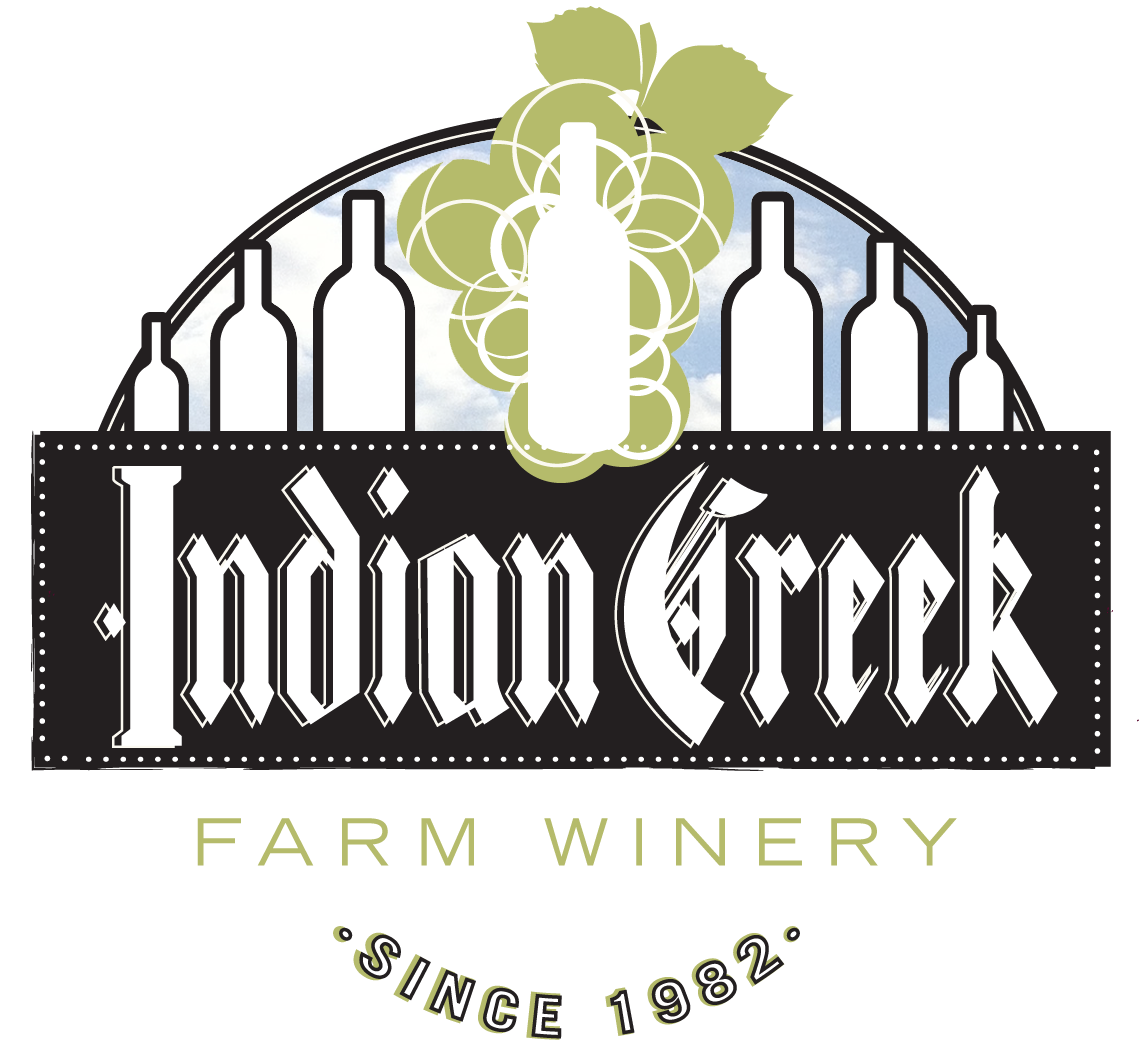…Or is it dry? One of the many amazing characteristics of riesling is that it can make a great dry, semi-sweet, or desert wine. From the classic bone-dry Alsace rieslings to the Late Harvest and Ice Wines of the Snake River Valley, rieslings versatility is both its virtue and bane. While it is easy to decide if you like a riesling or not in the tasting room, it becomes very hard when confronted with a lineup of bottles on a store shelf. Is it cloyingly sweet? Bone dry? Is it just right? With most varietals it is much easier, most red wine is dry, a chard is a chard is a chard, pinot gris tends to be on the dry side, and muscats are typically sweeter. These are all fairly safe bets, but riesling has always been a roll of the dice as to what style you will get…until now.
The International Riesling Foundation (IRF) recently came up with a solution to the “Is this riesling sweet?” problem. The new IRF Riesling Taste Profile scale will start showing up on many a riesling bottles, including the Indian Creek Winery 2008 White Riesling. The scale basically breaks up the taste profile of riesling into four categories: Dry, Medium Dry, Medium Sweet, and Sweet.
The sweetness of a wine is due, in part, to the residual sugar left in the finished wine. Residual sugar is basically natural grape sugar that was not fermented into alcohol during the winemaking process. Although, the residual sugar is not the same as the sweetness. Sweetness is merely a perception of the residual sugar. If a wine has a sufficient acid balance, a sweeter wine may be perceived a little on the dry side. For instance our 2008 White Riesling has 2% residual sugar and would be classified as Medium Sweet, if based on residual sugar alone. But the crisp acidity that is inherent from the Stowe Vineyard riesling balances the sweetness nicely and makes this wine taste as if it were only 1-1.5% residual sugar, therefor falling into the Medium Dry category. Another wine with 2% residual sugar may taste much sweeter if it does not have the same acidity.
Below are a couple photos of our new 2008 White Riesling that we bottled yesterday. Notice the scale on the bottom of the back label.




